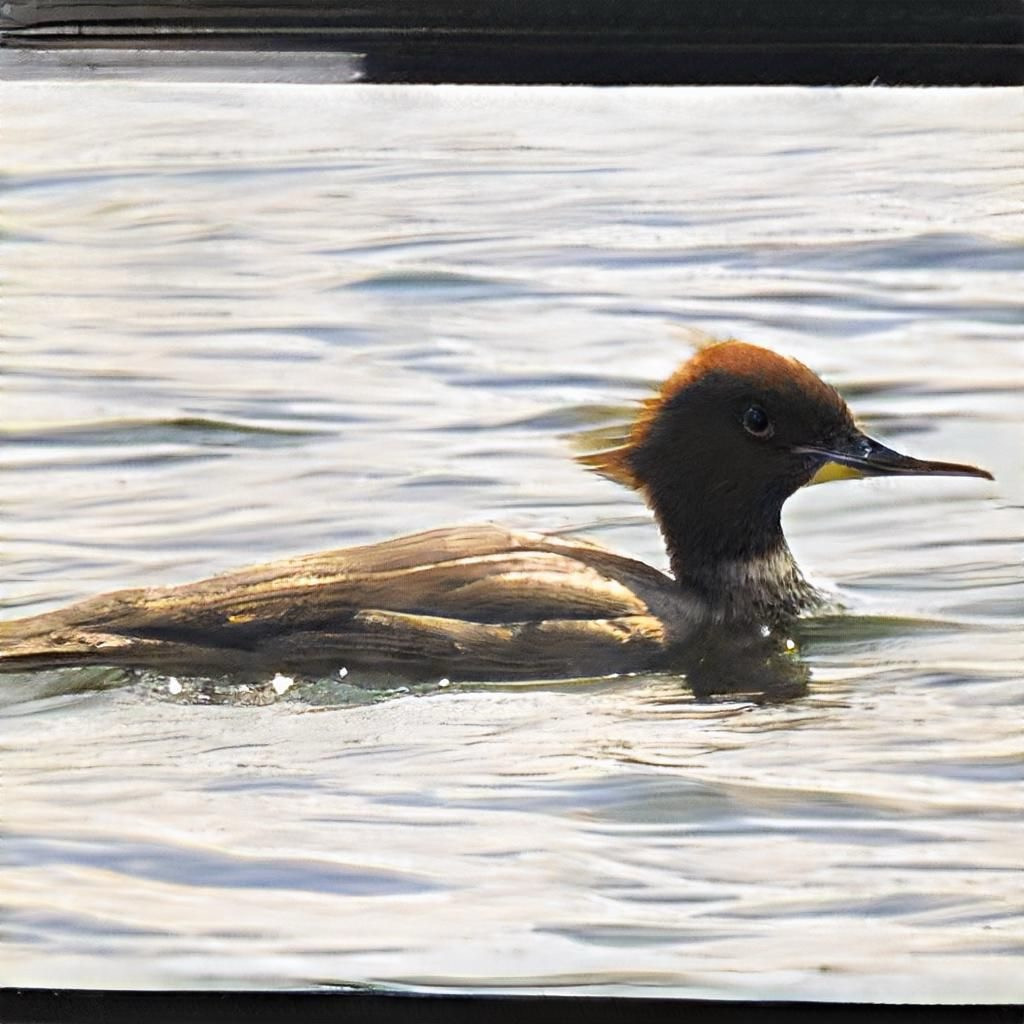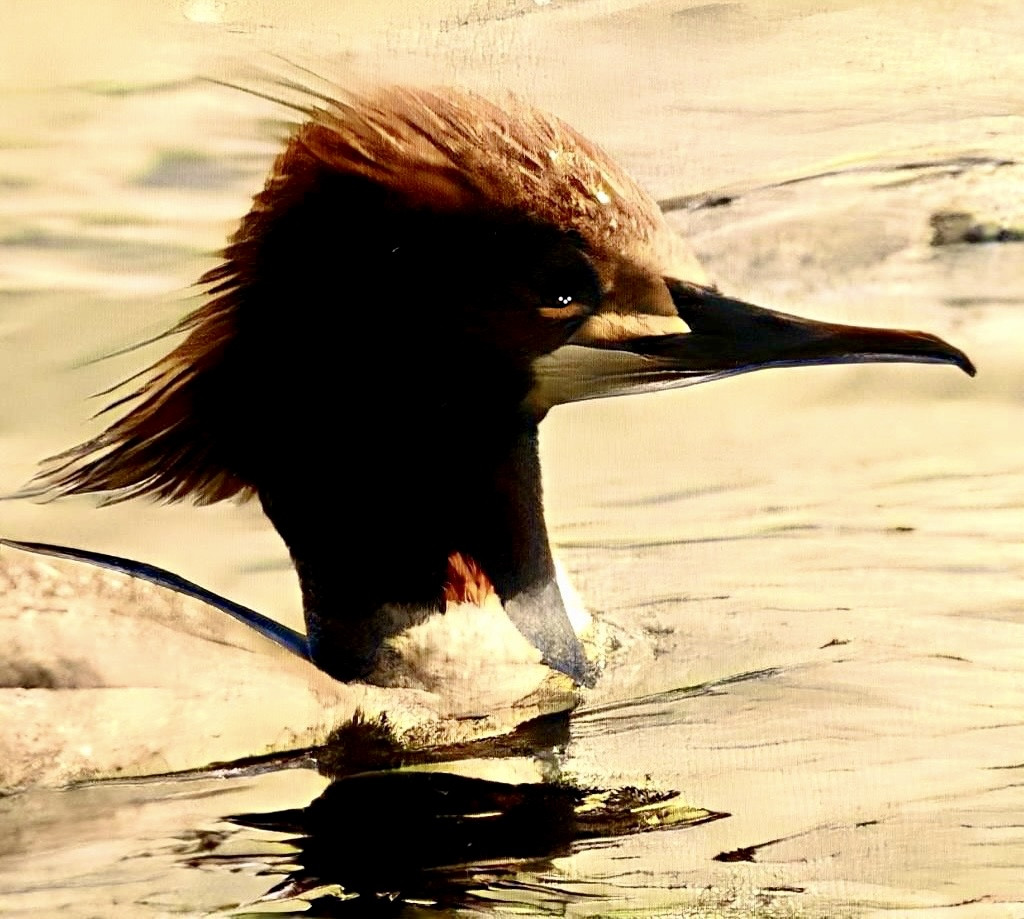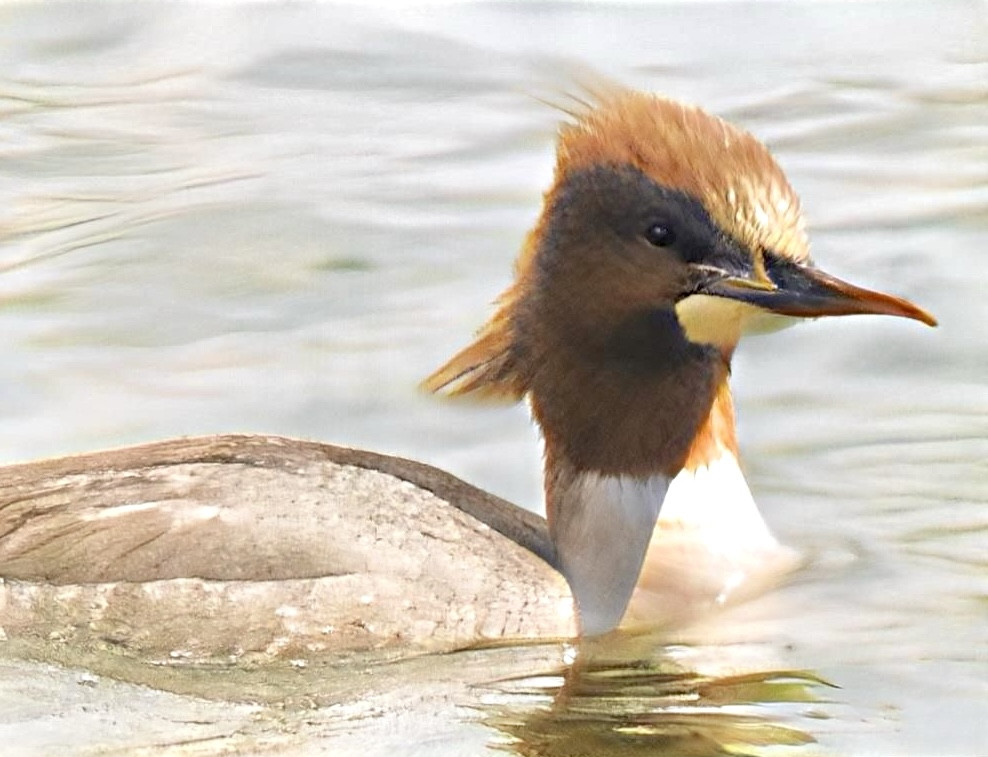Description
The deep waters around Lake Vättern are ice-free most years. This makes it an excellent wintering area for birds. The lake holds large wintering populations of gulls like čajka sivá, čajka striebristá and čajka morská. This is also one of the best places for the rare čajka bledá, although it is not seen most years. Most gulls winter around Motala. The area also holds wintering waterfowl. Most commonly: potápač veľký, labuť veľká, volavka popolavá, labuť spevavá, chochlačka vrkočatá and hlaholka severská. Around Vadstenaviken large amounts (many hundreds) of kačica divá winter. Often with other rarer (wintering) dabbling ducks in the mix. The lake also holds wintering populations of kormorán veľký, potápač prostredný, potápač malý (visitors from Boren) potápka chochlatá, potápka malá, and during mild winters: potápka ušatá, turpan tmavý, potáplica stredná and ľadovka dĺhochvostá. The large fields around Vadstena and Norrsten hold wintering geese, stehlík horský and snehuľka severská. Many birds of prey also winter. Most common are jastrab krahulec, and orliak morský.
During the last weeks of Febuari the first spring birds arrive. škorec obyčajný, škovránok poľný, pinka obyčajná, and cibík chochlatý are usually the first to arrive. Some of the previously mentioned birds might start to winter if the winters continue to be mild. Many geese like bernikľa bielolíca, hus divá, Hus siatinná, hus bieločelá hus tundrová and bernikľa veľká are often seen. Most geese congregate around Tycklingen and Norrsten. Sometimes hus krátkozobá is also found.
During March most of the geese increase in number. More birds of prey arrive: myšiak severský, sokol myšiar (pustovka), sokol sťahovavý, and haja červená. In Vadstenaviken large amounts of dabbling ducks often rest. kazarka pestrá (Regular), čajka smejivá, lastúrničiar strakatý, and močiarnica mekotavá also arrive during this period. From this period onwards beluša veľká is sometimes seen.
During April other wader along with stehlík konôpka and ľabtuška lúčna arrive. During April-May large amounts of passerine birds, wader, gulls, and terns use the lake as a landmark for migration. It starts in the middle of April with thousands of pinka obyčajná and pinka severská (ikavec), continuing with thousands of hvizdák veľký, with smaller amounts of other waders like hvizdák malý, brehár hrdzavý, bojovník bahenný and kalužiak červenonohý. Also large amounts of gulls like čajka smejivá and čajka sivá. In early May hundreds of terns (rybár riečny, rybár dlhochvostý) pass. Along with rarer birds like čorík čierny, čajka trojprstá (quite rare) and čajka malá.
During the summer many species of night-active birds can be heard like svrčiak zelenkavý, slávik veľký, chrapkáč poľný, trsteniarik veľký (vadstena reningsverk), prepelica poľná and sometimes svrčiak riečny. Many other warblers can be found during this period. In the cities of Motala and Vadstena city birds like hrdlička záhradná, zelienka obyčajná, žľtochvost domový (missing most winters), pinka severská (ikavec), holub divý, and penica čiernohlavá can be found year round.
Details
Access
Parking can be done at ample places. Some of them are: Tycklingen, Motala, Råssnäsudden, and Vadstena castle. Click on a P in the map to get directions to that area.
Terrain and Habitat
Forest , Wetland , Scattered trees and bushes , Grassland , Valley , Plain , Plateau , Lake , Beach , Mud flats , Agriculture , Reedbeds , River , City/villageConditions
Flat , Hilly , Sandy , Wet , Open landscapeCircular trail
YesIs a telescope useful?
Can be usefulGood birding season
All year roundBest time to visit
WinterRoute
Paved roadDifficulty walking trail
Average walkAccessible by
Foot , Bicycle , CarBirdwatching hide / platform
NoExtra info
Be respectful of the birds. Especially during breeding season.






